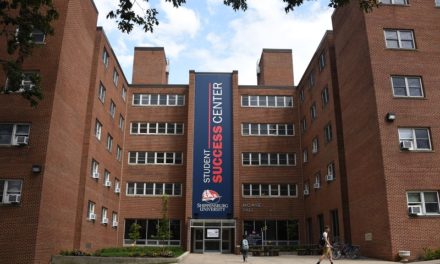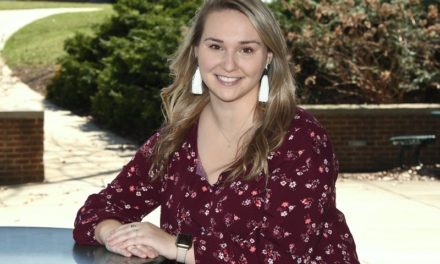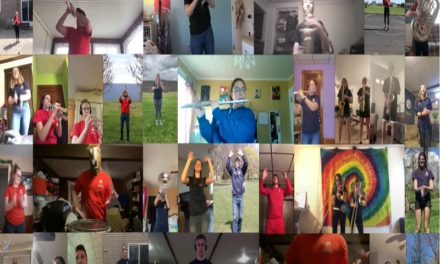When people think about NASA, outer space, rockets, astronauts and the moon normally come to mind, but for James Heiss it meant an internship at NASA’s Wallops Island facility using computer programs to anticipate and solve problems.
Heiss, son of Jeff and Ginny Heiss of Dubin, Pa., was the first student from Shippensburg University to pursue an internship at NASA. He completed that internship during the summer at NASA’s Chincoteague, Va., facility.
According to Heiss, a senior geoenvironmental studies major, “There is no greater opportunity than working for NASA.”
His internship focused on geographic information systems (GIS). He used global positioning system (GPS) technology, GIS software, worked in the field and helped construct a plan to prevent water contamination in the event of a fuel leak at the facility. “I visited 59 (storage) tanks and sketched out the surface flow direction,” he said. “Then I went back to my computer and used GIS software to draw the direction of flow and possible pool areas, so that in case of a spill the fire department would know exactly how to act to prevent contamination.”
For another project, Heiss used GPS mapping to help employees locate specific areas to dredge sand so barges traveling from the main base to Wallops Island would be able to pass through more easily. “The projects were great because they gave me a good balance of fieldwork and office work.”
Heiss worked closely with Dr. Sean Cornell, an assistant professor in Shippensburg’s geography and earth science department, on setting up the internship. Since no other student had interned at NASA, Heiss had the rare opportunity to develop it from the ground up. That development included establishing his responsibilities and even where he would stay while completing the internship.
Cornell helped arrange temporary housing at The Marine Science Consortium, of which Shippensburg is one of 14 member institutions. The consortium’s housing was conveniently located about a mile from NASA’s facility. The College of Arts & Sciences supported Heiss with this unpaid internship opportunity by providing funds to help with the housing and board expenses.
“The whole process took about a year to set up. I had to send letters and e-mails to NASA and basically get a plan in place,” said Heiss. “I’m glad that I opened the door for other students.”




